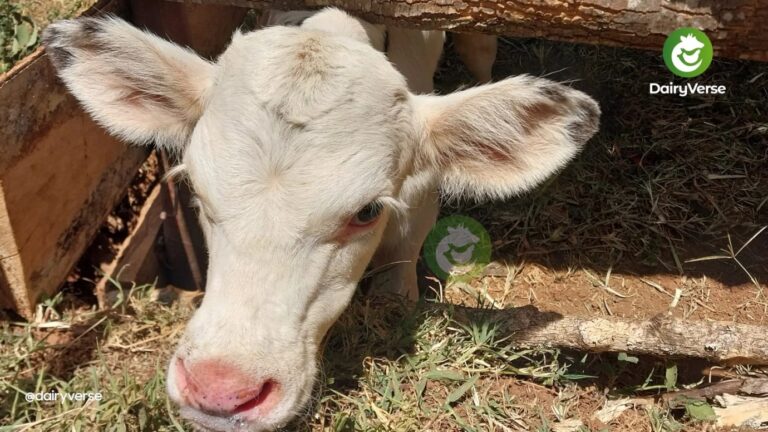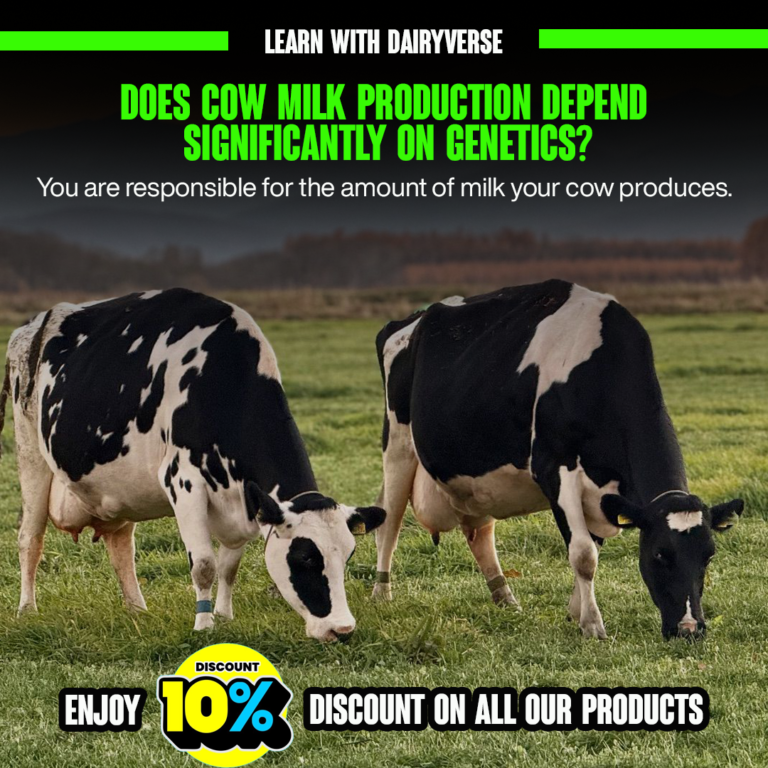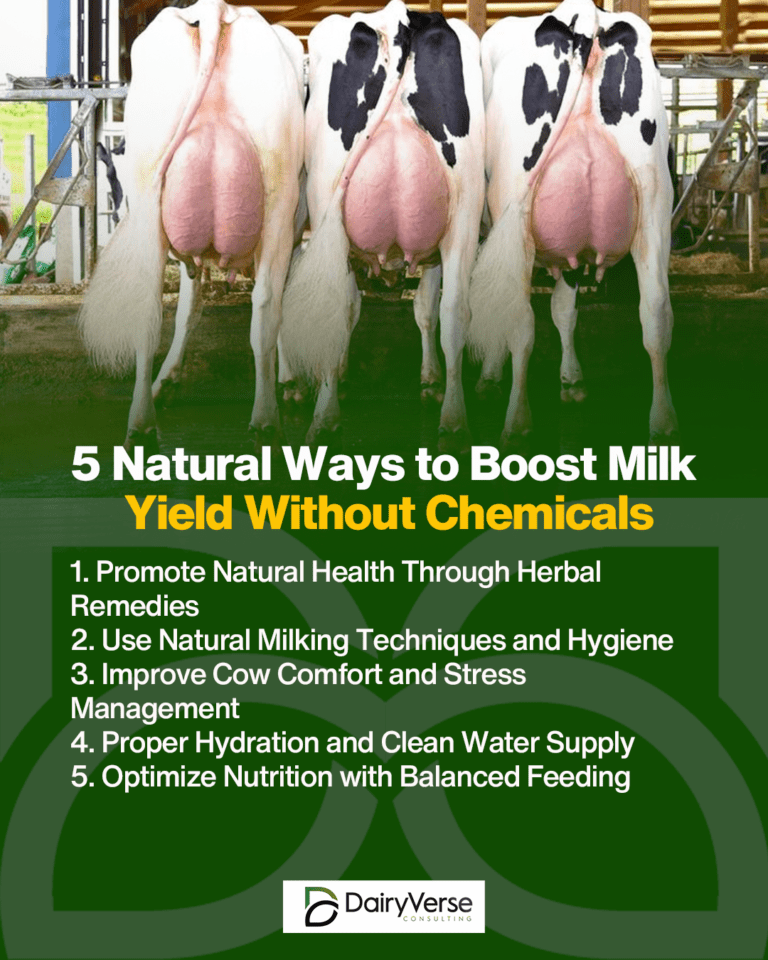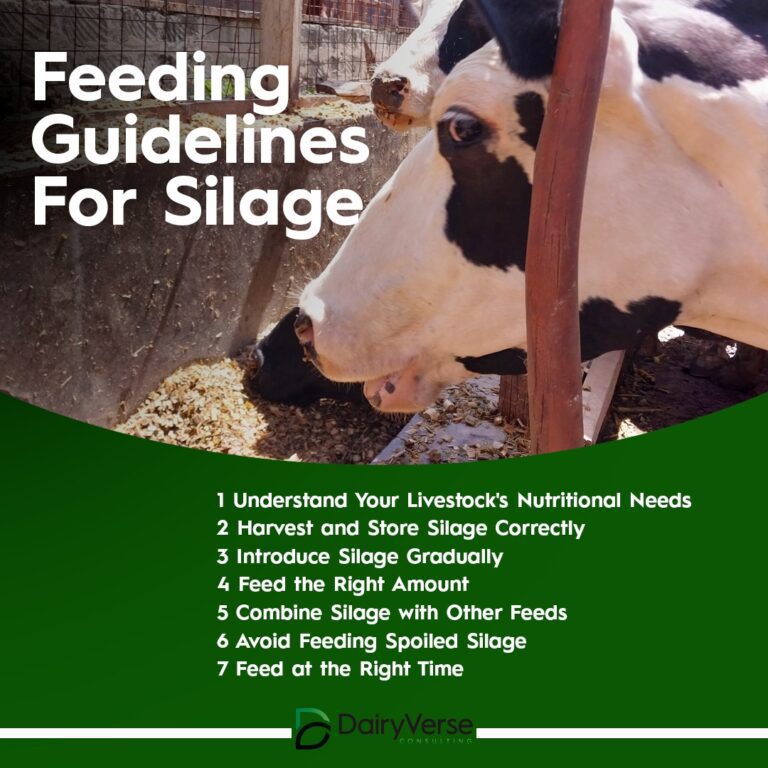Comparing Brown Swiss and Ayrshire Cows
When it comes to dairy farming, selecting the right breed of cow is crucial. Among the popular choices are the Brown Swiss and Ayrshire breeds, both renowned for their milk production and unique characteristics. Let’s delve into what sets these breeds apart and why farmers might choose one over the other.
Origin and Appearance
Brown Swiss: Originating from Switzerland, Brown Swiss cows are one of the oldest and most resilient dairy breeds. They have a solid light to dark brown coat, with a white muzzle and dark nose. Their large size and strong build make them well-suited for rugged environments.
Ayrshire: Ayrshires hail from Ayrshire in Scotland. They are medium-sized cows known for their striking reddish-brown and white patches. Ayrshires have a more angular frame, emphasizing their efficiency in milk production.
Milk Production
Brown Swiss:
- Known for producing milk with high protein and butterfat content, Brown Swiss milk is ideal for cheese-making.
- They have an average milk yield of about 18,000 to 22,000 pounds (approximately 8,165 to 9,979 kg) per lactation cycle.
- Their milk’s creaminess and quality are highly prized in the dairy industry.
Ayrshire:
- Ayrshire cows excel in producing high volumes of milk with good quality.
- Their milk is known for being well-balanced in protein and fat, making it versatile for various dairy products.
- They average around 15,000 to 17,000 pounds of milk per lactation, depending on management practices.
Temperament and Adaptability
Brown Swiss:
- Famous for their docile and gentle demeanor, Brown Swiss cows are easy to handle.
- They thrive in diverse climates, including both hot and cold conditions, thanks to their hardy nature.
- This breed’s adaptability makes it a preferred choice for farms in challenging environments.
Ayrshire:
- Ayrshires are known for their active and slightly more spirited temperament compared to Brown Swiss.
- They adapt well to varied management systems and do particularly well in pasture-based operations.
- These cows are robust and less prone to hoof problems or diseases.
Feed Efficiency and Maintenance
Brown Swiss:
- They are efficient converters of feed into milk but require slightly more feed than Ayrshires due to their larger size.
- Their maintenance cost is offset by their milk’s premium quality and the breed’s longevity.
Ayrshire:
- Ayrshires are highly efficient grazers, making them cost-effective for pasture-based systems.
- Their moderate size means lower feed requirements compared to larger breeds like the Brown Swiss.
Longevity and Health
Brown Swiss:
- These cows are known for their longevity, often producing milk for 10 years or more.
- They have fewer health issues, particularly related to calving ease and metabolic diseases.
Ayrshire:
- Ayrshires are hardy cows with fewer health issues and excellent fertility rates.
- Their resilience ensures consistent performance even in less-than-ideal conditions.
Conclusion
Choosing between Brown Swiss and Ayrshire cows depends on a farmer’s goals and management practices. If you’re seeking a breed with exceptional milk quality and adaptability to extreme conditions, the Brown Swiss is an excellent choice. However, if you prioritize efficiency, versatility, and suitability for pasture-based systems, the Ayrshire shines. Both breeds bring unique strengths to the dairy industry, ensuring high productivity and profitability.







